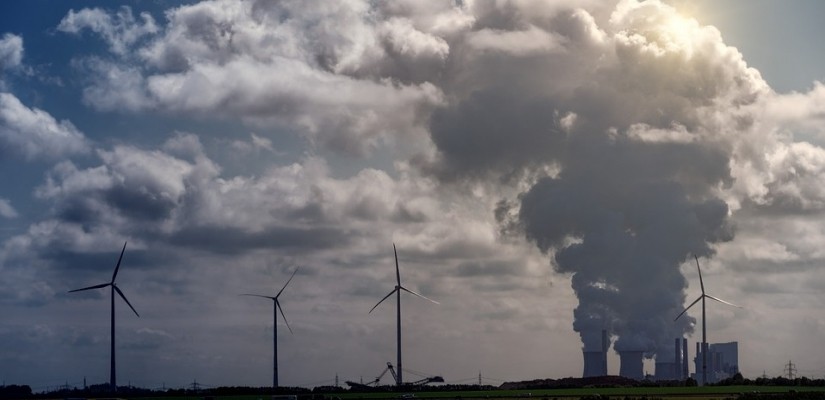South Africa’s state-owned energy monopoly Eskom has been accused of driving the country into a persistent energy crisis. Scheduled blackouts labeled as ‘load shedding’ and deepening debt have troubled South Africa’s politics, economy, and citizens. Eskom’s debt has surged immensely since 2018 when it reached 370 billion Rand (25 billion USD). Debt levels, according to data from 2019, have now jumped to 500 billion Rand (34 billion USD), rendering the company bankrupt. South Africa’s government is highly invested in keeping Eskom in operation, as the company supplies most South Africans with electricity. A closure of Eskom’s business would have devastating effects on the country’s already suffering economy and deteriorating energy situation.
Years of mismanagement and political corruption have corroded Eskom’s efficiency and revenue. Other factors that have added to Eskom’s critical situation are sustained maintenance issues at power facilities, rising costs, a decreasing financial yield, and a disintegrating infrastructure. Eskom has previously attempted to manage energy shortages with planned power outages in 2008, 2015, and 2018. One of the reasons Eskom is struggling with inhibited operation is a poorly planned expansion of power plants. Producing up to 90% of its energy from coal, Eskom has benefited from South Africa’s abundance of coal resources. After the end of Apartheid in 1994, the company gained millions of new customers, increasing revenue. Mounting issues, however, led to frequent blackouts. In the mid-2000s, the government attempted to manage the situation by adding two new power stations, Kusile and Medupi. Authorities planned to start production in these new facilities in 2015, but Eskom further spiraled into financial troubles and the power plants remain inoperable as of 2019.
The price of coal and workforce employment has risen in South Africa, resulting in surging tariffs and decreased revenue. In contrast, the cost of renewable energy sources such as solar power has dropped. Consequently, affluent consumers are turning towards alternative electricity sources. Poorer communities, however, are still heavily reliant on Eskom’s energy supply while being unable to pay fees. This situation perpetuates existing problems.

The impact of the energy crisis on South Africa’s economy is grave. Eskom significantly decreases industrial output and business productivity. What constitutes a major disadvantage for South Africa’s economy, however, is the fact that Eskom’s debt is guaranteed by the state government. South Africa’s government covers more than 50% of the company’s financial deficits. Therefore, Eskom’s survival depends on support and emergency bailouts from the government. What complicates the situation even further is that the South African government does not possess sufficient funds to sustain Eskom in the long term. In April 2019, Eskom was in need of a 5.3 billion-Rand (355 million USD) bailout. As it stands, the administration of President Cyril Ramaphosa will have to plan for fundamental changes in South Africa’s energy policy to pull the country out of this dilemma.
One potential solution under consideration by the South African government is the division of Eskom into three firms in order to facilitate increased competition and productivity. One of the firms would be responsible for power generation, another for energy transmission along the countrywide electricity grids, and the final firm would coordinate the distribution of electricity. Another solution could be the privatization of the energy sector and market deregulation. This is a proposal that was brought forth by the Democratic Alliance, the state’s second strongest political party. A third option is included in the National Development Plan. The plan proposes the idea of moving away from coal as a central power provider and laying stronger focus on gas and renewable energy sources such as solar, wind, and hydropower. Incumbent president Ramaphosa supports plans to cultivate the renewable energy sector in the future. His policies stand in contrast to the approach of former president Jacob Zuma, who pushed for nuclear energy while hampering the growth of renewable energy sources. If Ramaphosa succeeds in fostering the development of renewable power generation, South Africa’s carbon dioxide emissions are also expected to fall in the coming years.
